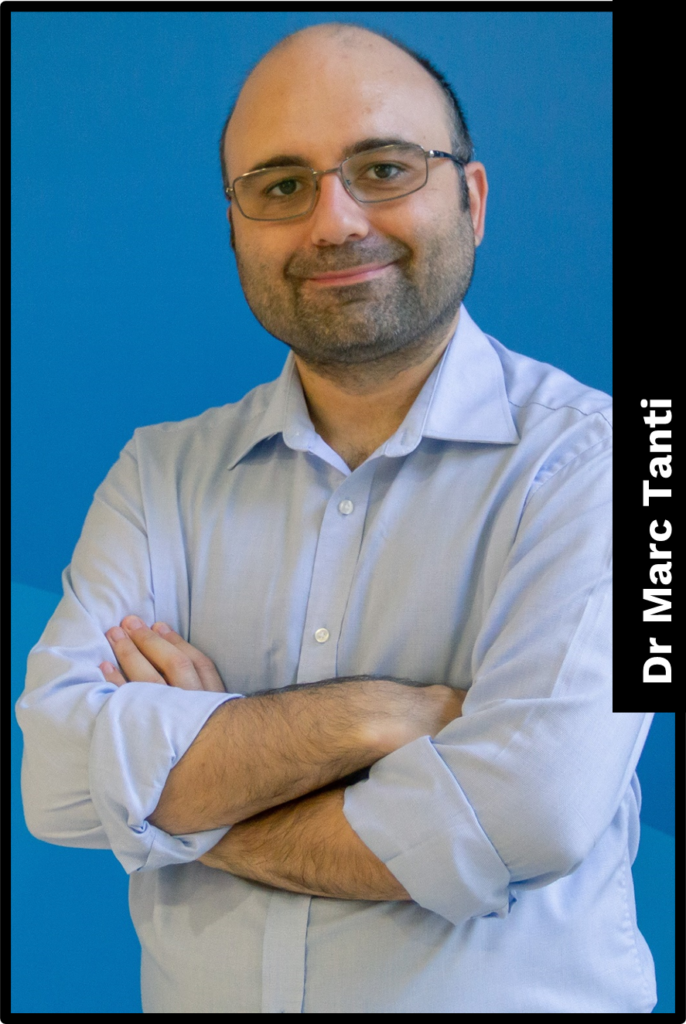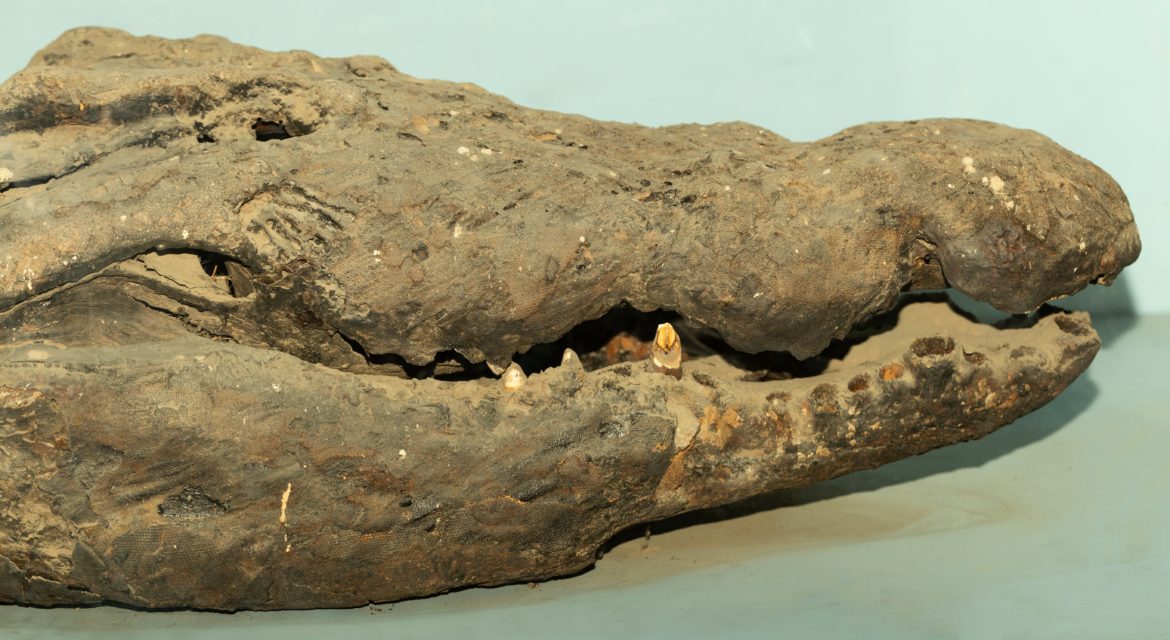Through the use of microtomography, DR MARC TANTI is looking to bring the study of ancient mummies firmly into the 21st century.
While archaeology seeks to uncover our past, it has to be firmly rooted in the present, particularly as new techniques can help us understand our discoveries better. Even so, just because a technological process aids us, doesn’t mean that it makes things quicker. In fact, as things stand, when researchers create volumetric images of mummies (3D renditions of a physical objects created through X-rays), they can only find out what’s in each layer by manually segmenting each slice – a process that takes months.

Now, however, thanks to Dr Marc Tanti’s contribution for his post-Doc, which saw him work on an international project called Automated Segmentation of Microtomography Imaging (ASEMI), the timeframes of working on such artefacts may indeed be halved.
Together with a team of five academics from the University of Malta, as well as four researchers from the European Synchrotron Radiation Facility (ESRF) in France, Marc has used machine learning techniques to create software that can, almost automatically, determine the type of materials found inside objects, specifically animal mummies. This is done by reading the density and texture visible in the volumetric image that results from microtomography.
“We start off with the actual scanning,” Marc explains,” which which is done at the ESRF. The process here is to accelerate electrons in a circular accelerator that emits high-energy X-rays, which are then passed through the specimen and onto an imaging sensor. These projectional radiographs are then used to compute a 3D image of the animal mummies, which is called a computer microtomography image or a volumetric image.”
Now, you may think that the scanning of mummies and other artefacts has become commonplace across the world of archaeology and beyond, and you wouldn’t be wrong. Similar, but less powerful, systems have, after all, been used in material science and healthcare, but it’s what will happen with the volumetric image of the mummies that is the real breakthrough in all this.
See, currently, the computed microtomography images of a whole mummy have to be manually segmented. This laborious process is particularly time consuming and can take months for some specimens. With the ASEMI technology, however, archaeologists will be able to manually segment just a small number of slices and use the information to teach the software what it is it should be looking for as it segments the rest of the volumetric image by itself.
“In other words, we can know whether there are bones, textiles, metals, hair, nails or even food in the stomach without the need to segment each layer manually.”
“This, of course, also saves researchers a lot of time, but higher speed doesn’t just mean being able to take more coffee breaks,” Marc continues. “It also means that archaeologists and historians can start compiling statistics that would have otherwise been impossible to put together so quickly before: the more mummies are scanned, the better we can understand the practice of mummification.”
And mummies have a lot to teach us about the past. One particular mummy of an ancient Egyptian crocodile, whose computer microtomography image took the team at ESRF three months to manually segment, revealed many of its secrets including how it was killed, where it lived, and its diet.

When it comes to ASEMI, Marc’s job was to try out a number of options for the process and to report on the results for each to the rest of the team. It must be pointed out, however, that prior to taking up this project for his post-Doc, Marc had absolutely no archaeological knowledge. In fact, he, as part of a team from Malta, visited ESRF to receive training on how to manually segment mummies in order to be able to teach the machine learning software how to do it properly for itself.
Even so, the results of the project speak for themselves and show how multi-disciplinary projects such as these – this particular one brought together physics, archaeology and computing – could help various departments advance their learning and work.
The ASEMI project is funded by the ATTRACT project, which in turn is funded by the EC under Grant Agreement 777222.

